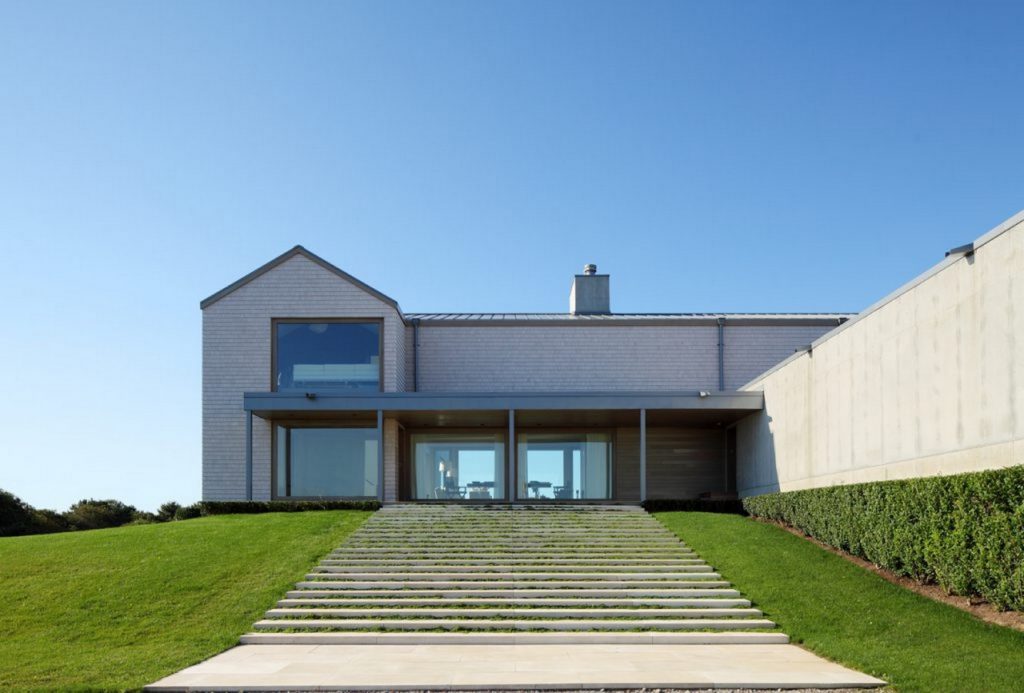New York architects love to complain about their income. When times were good, we imagined ourselves hard done by in comparison to other professions. These days, when every trade and profession is suffering, we are no longer the solo performer but just another voice in the choir, despairing at reducing fees and vanishing jobs. The older Architects whom I know personally, get all misty eyed when they talk about a supposed golden age of never ending commissions and high fees. The times they refer to are the post-war decades leading up to the 1980’s. During this time, they tell me that Architects (and other professionals) best fee earner was the Mandatory Fee-Scale.
Fee-Scales are lists, drawn up by professional bodies, that describe how much each member of that body must charge for a given type of job. For example, all dentists agreeing to charge £50 to remove a tooth, no dentist is allowed to charge any more or any less. This gives the consumer cost certainty, you know how much you will be charged and you know every dentist will charge the same, so you go to the dentist you prefer the most (or dislike the least).
The same was true for Architects, we all agreed to charge the same rate for the same work, there was no competition. Many Architects blame Margaret Thatcher for abolishing mandatory fee scales but in fact it began in 1977, before she came into power, the Monopolies and Mergers Commission started the process, not the Tories. The Office of Fair Trading stuck the boot in around 1986, ruling that Mandatory Fee Scales were anti-competitive.
But even before that, in 1982, the RIBA changed the Mandatory Fee Scales to Recommended Fee Scales. It was around this time that the Architecture profession began what economists call, a race to the bottom. We began undercutting each other to win work. Whereas before, a consumer chose an Architect based only on their reputation and the quality of their work, now they can choose based on the cost of the service as well. Only in many cases they don’t, they choose based on the cost of the service and nothing else.
Since the early 80’s there has been a constant chorus of complaint from architects, that ever dwindling fees leads to poorer buildings and more dis-satisfied clients. This in turn, they say, has lead to Architects losing their financial and social status. According to these disgruntled designers, the solution is to re-introduce Mandatory Fee Scales. Of course this is illegal under UK and EU law, it’s a dead end. For a profession famed for its creativity, this approach shows a remarkable lack of lateral thinking.
So what can we do to improve our income while also giving the consumer the benefit of choice? I suggest that each practise should clearly publish their Architects Fees for standard items of work. Whether its the hourly rate charged for each member of staff or the fee for each type of service. This will give the public a clear idea of how much they will be charged and it will let others within the profession know where their fees fit in relation to other Architects.
At present, the main way for an Architect to gauge how much to charge is to consult the Mirza and Nacey fees guides. This publication surveys Architects across the UK and publishes the going rate for most main types of work; residential, commercial, education, healthcare etc. It lists the fees charged on sliding scale with the construction costs, the more expensive the build the bigger the architects fee. The main report for this year costs £195. It tends to be bought by Architects and is not something the average consumer will purchase.


